Import One of the Best Little Things On Four Wheels: A Japanese Kei Van
I had to borrow my friend’s Japanese Kei van the other day to haul some things that my car couldn’t carry. (Since my car is a Miata, there are many things it can’t carry.) I got to thinking again about the all good points these Japanese mini vans have going for them and also to thinking about, myself, buying another used Kei van. Should I buy a Sambar van, like the one I had the last time? Should I buy a used Suzuki Every, like my friend’s van? Should I go for a Daihatsu Atrai? I’ve driven a number of Kei vans and I wouldn’t turn my nose up at any of them. I can’t afford a new van and I don’t have a big parking space for a full sized van, and I don’t really need a big hog van anyway. If you’re like me, a used Kei van from Japan may be just the ticket.
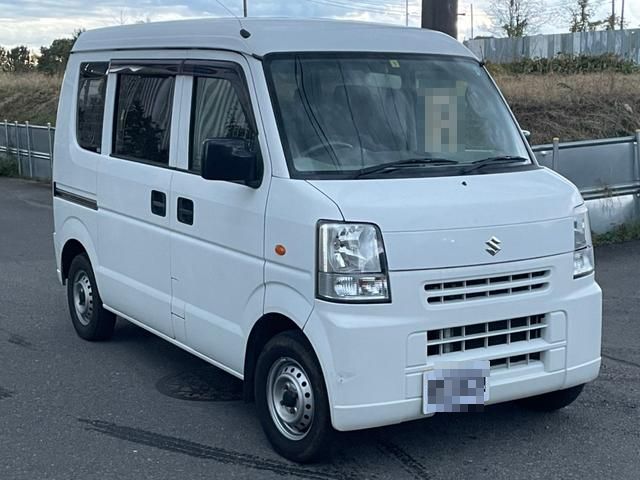
And these days, with all the crap going on in the world: war, inflation, economic slowdown, ever stricter eco regs, a general shortage of good used vehicles, the COST OF GAS, the….the….just the whole deal that we are all struggling through these days, with all this I’m having to think real hard about my next vehicle; especially because my wife’s little truck is coming to the natural end of its service life (rust had raised its rotten head in a serious way), and so she needs a different set of wheels anytime now. So let me tell you what I’m thinking about regarding buying our next used Kei van.
What’s So Good About Japanese Kei Vans: Subaru Sambar?
O.K., so my first Kei van was a 1996 Subaru Sambar Dias. He looked just like this guy that we recently exported to the USA:
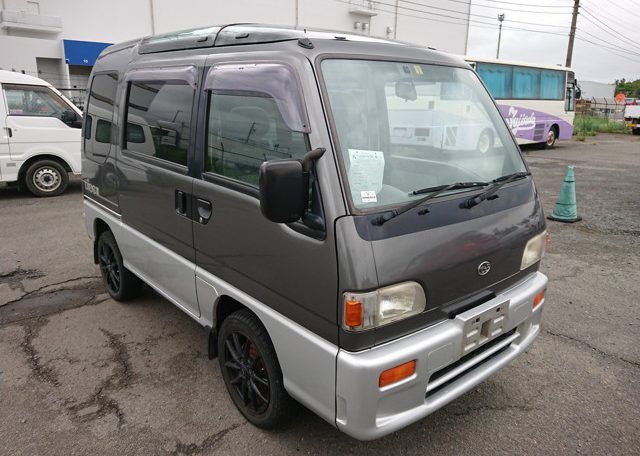
He had the “Sun Sun” roof option that you see here and was the two wheel drive version (there is a 4WD option for Sambar vans, yes), and had the stock supercharger on his Clover Four 660cc motor.
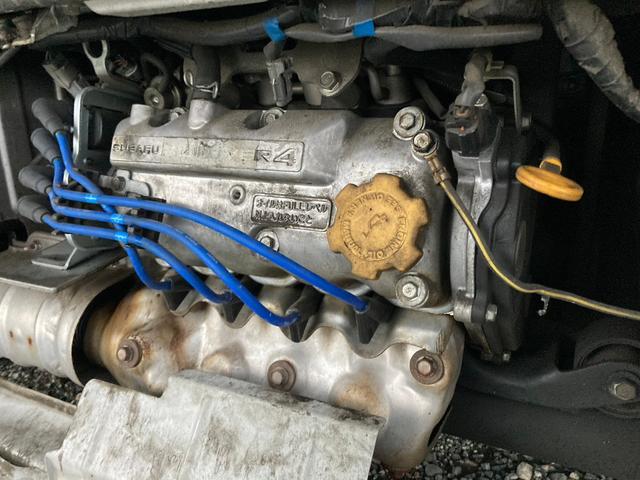
My Sambar Dias was geared quite low and, with all that supercharger low end torque, he had the grunt to get going right quick off the mark, even when fully loaded. I never felt that he was going to fail me or make me sweat when I had to haul ass in traffic.
And lest you think that I’m saying only supercharger is good, I’m not saying that at all. I’ve also driven normally aspirated Sambars, vans and mini trucks, and they also had sufficient push off the mark. No problem there. But, yeah, the supercharged Sambar sure had an extra wallop of torque in first gear; although, like most supercharged motors, he could be a bit “breathy” at top end, high rev work. This is where I could feel the difference between supercharged Japanese Kei motors, like the Clover Four, and turbo charged Kei engines, like the Suzuki F6A, which I had in my 1990 Jimny.
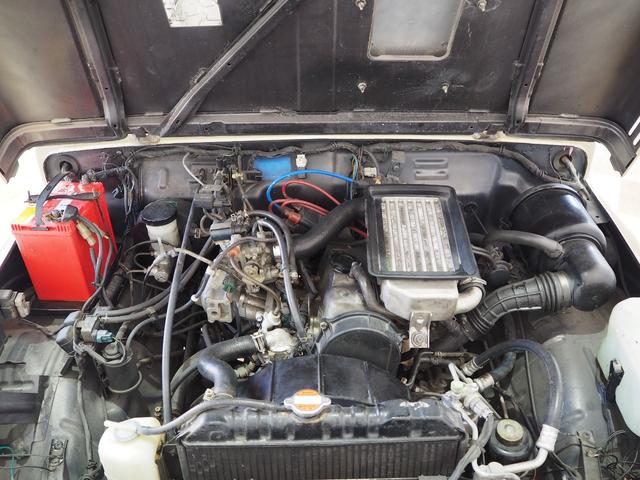
(Speaking of Jimnys, click here to see a nicely modified one that we exported. Total winner car! And here’s our Japan Car Direct Jimny page.)
So am I plunking only for the Subaru Sambar? I’m certainly considering another one, yes. This time, maybe the final series one with the extended nose, the ones that look like this:
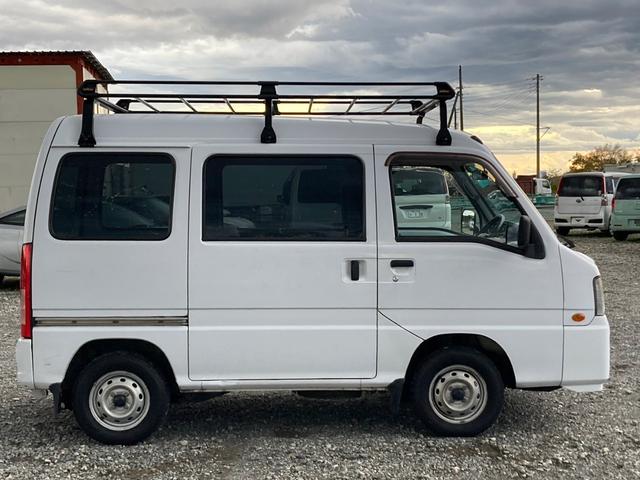
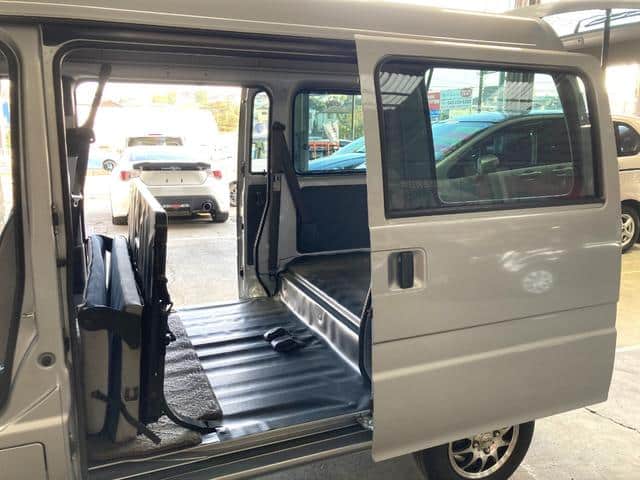
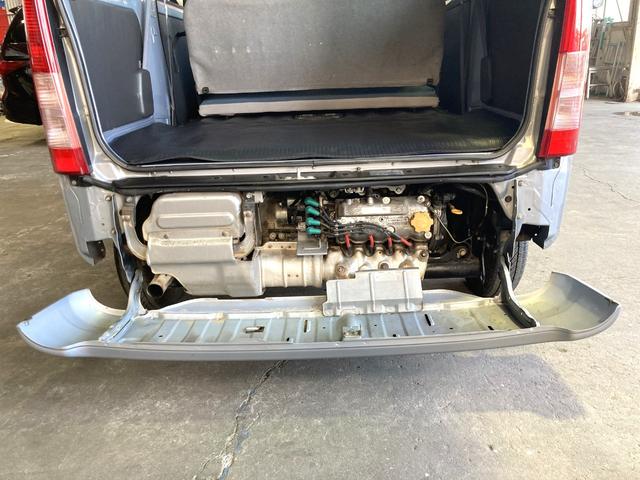
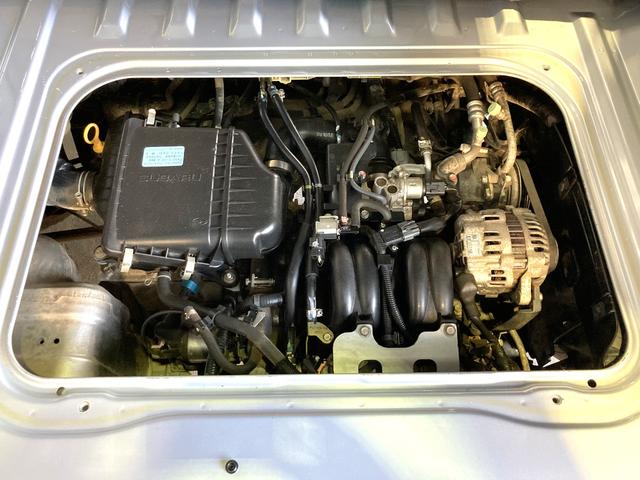
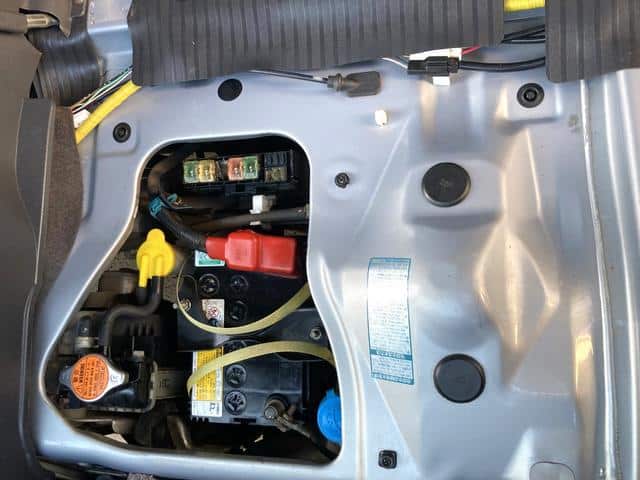
Two, the forward control driving position doesn’t really give the best frontal impact crumple space protection. This is clearly the case with the earlier Sambars,
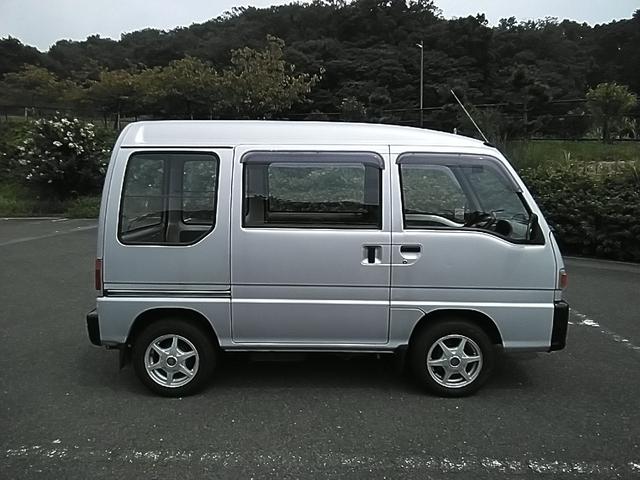
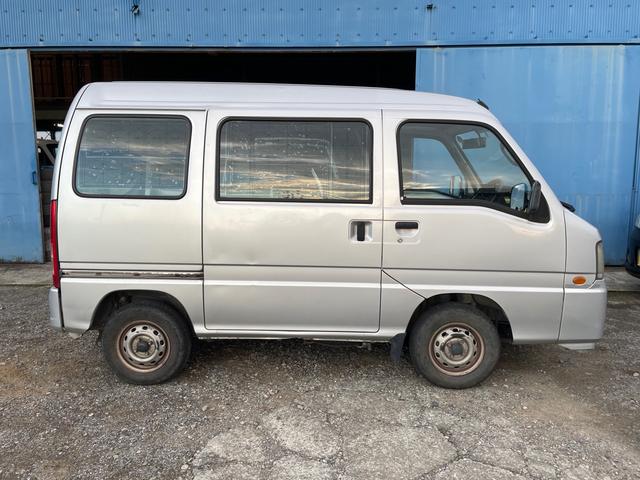
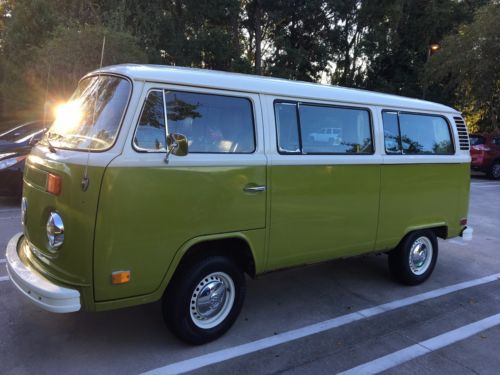
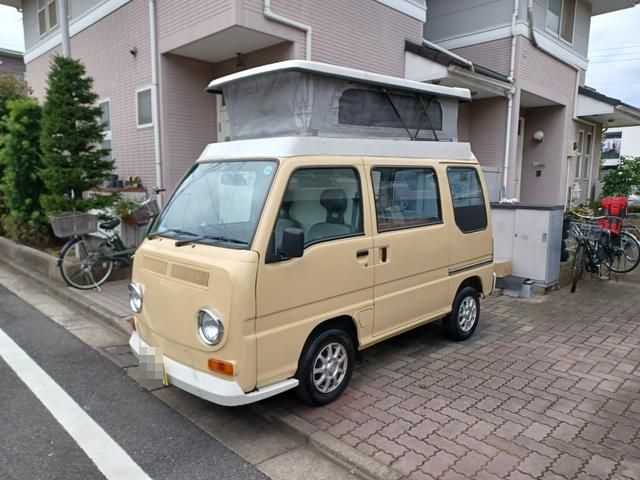
(Side note for our customers looking to import a used Japanese Sambar Kei van or Kei truck or, in fact, any early Japanese Kei van or Kei truck to New Zealand: New Zealand had, and I think still has, certain specific restrictions on the import and registration of forward control vehicles, so Kiwis should check the current state of those regs themselves with the New Zealand Transport Agency. (Some info here.)
Suzuki Every?
Now I’ve also had good experience with the Suzuki Every Kei van and with the Suzuki Carry Kei truck, which are kind of “sisters under the skin.”
If I go for a used Every van, I’ll get the engine up front (sort of), between the front seats. So better for over steer, but not so good for maintenance access.
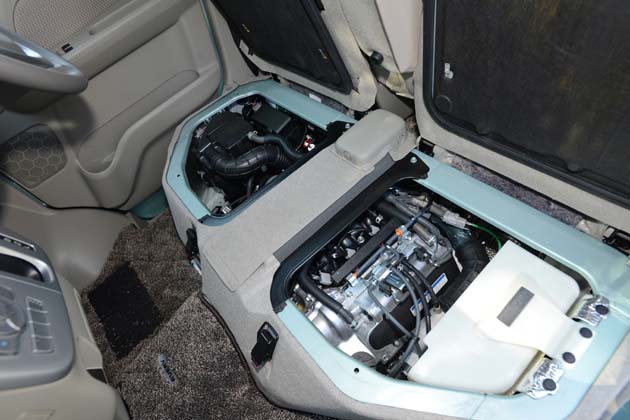
Another plus for the guys outside Japan, especially for our customers in the USA, the UK, Canada, Australia, and New Zealand who are wanting to import a Kei van direct from Japan themselves, is that parts availability for Suzuki Kei vehicles like Carry trucks, Every vans, and Jimnys is generally good. But note that the import rules are a bit different for each of these countries, especially with respect to how old a used Japanese vehicle must be for easy import, so it’s best to check the rules in advance before you start your search for the right piece of Japanese Kei iron for you.
All in all I’m favorable to an Every van like the one I’ve been borrowing from my neighbor. (She’s a sweetie, and she’s got three dogs. Ergo: Kei van for her.) Her van is easy to drive and everything is just in the right place. It’s got good power (she’s got the Turbo version), a tight turning circle, and good (very good) load space. And the earlier ones from the 1990s (easy to import now to the USA) are just super cute! This one says: “Take me home with you, I’ll be a good friend.”
Daihatsu Atrai?
The 1990s Atrai Kei vans are, I think, very handsome looking machines.
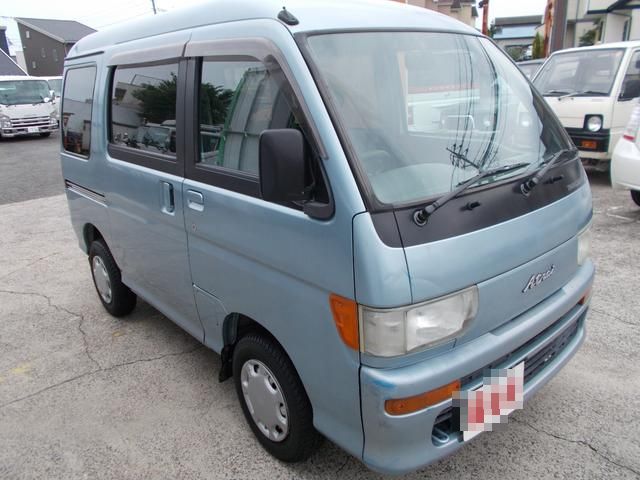
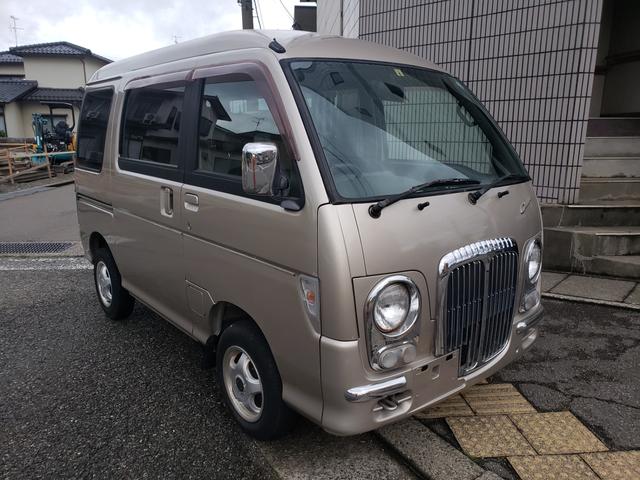
Honda Acty?
When it comes to the Kei trucks I’ve driven, the Honda Acty is the only one I’m a bit sour on due to the fact that, when I drove my father-in-law’s Acty, (I’ve written about that experience here.) I felt that there was a bit of a tendency to over steer when I was on gravel roads, and I found that access for maintenance was not so great. Here’s the engine access hatch:
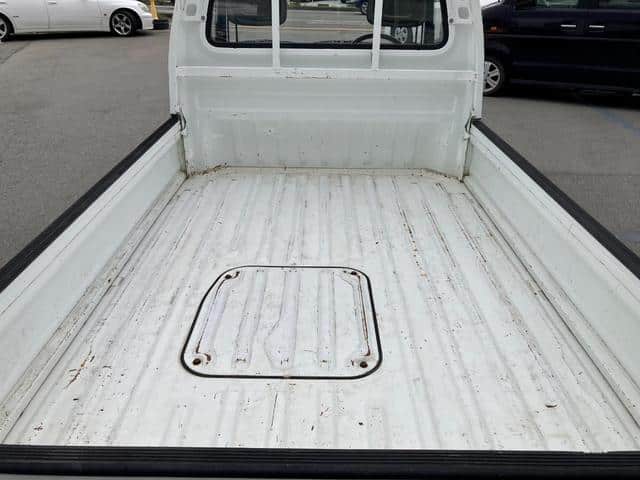
But I’ll not deny that Gramps liked his first Acty so much that he bought a second one!
Kei Vans Pre and Post November 1998
So I find that I’m looking, myself anyway, at either another used Sambar Kei van or a second hand Suzuki Every Kei van. Because I’m living in Japan, I don’t have to worry about what year the van is (25 years old or older makes a used vehicle easy to import to the States or to Oz), or about restrictions on forward control vehicles, or about all the other sorts of import rules or regs, since I’m not importing the van, just buying it.
But pre November 1998 vs Post November 1998 is an issue for me. So let’s look at the differences.
Japanese Kei vehicle regulations changed at the end of 1998 and permitted length and width were increased. Kei vehicle allowable length went from 3,295mm to 3,395mm (about 130 inches to 133.5 inches). Permitted width went from 1,395mm to 1,475mm (about 55 inches to 58 inches). No big deal, right? Well, actually, for me, with my narrow parking space at home, it is a bit of an advantage to have my Kei car being those 3 inches narrower, especially when, coming home at night after a long day, I have to park in the dark. (But, the extra length is not a big issue for me.)
In terms of other Kei vehicle specs, not a lot else was changed from ’98 to ’99 and beyond. Engine size (660cc) and rated max power (64ps) remained the same, as did max load. It’s just the extra width that keeps me looking more for a pre ’98 Kei van over a later model.
Out of interest, have a look at our Japanese Kei Truck spec comparison tables that you’ll find on our web site here. They give you a good idea of what Kei Trucks can do and, by extension, since the platforms and running gear are mostly shared with Kei vans, what the Kei vans can do.
So What’s So Good About Japanese Kei Vans: All of Them!
And this brings me back to looking overall at what is so good about Japanese Kei vans and why I’m back in the market for one myself now.
To put all the best cards on the table;
Kei vans:
Are cheap to run: They get good gas mileage and burn regular gas. Parts are not expensive and are easy to get. These simple vehicles are reliable and don’t break down very much anyway.
Carry very decent loads: All have, for such small vehicles, a big interior with four seats and good gross vehicle weight ratings.
Have tight turning circles: Like, say, 3.9m in my 1996 Sambar van, and the same in the ones that came out right after it; or how about the 4.1m turning radius in an early 2000s Every? Not bad at all, I’d say. (I remember that time I got into some really narrow streets in central Kamakura and lost my way. It was my Kei van’s tight turning circle that got me out of that hole!)
Have good visibility: And speaking of getting out of and managing tight spots, have you guys noticed how so many cars these days have darkened and narrow rear and rear side windows? I test drove a 2010 Daihatsu Mira yesterday evening and, backing up in a dimly lit parking area, I found that I couldn’t really see diddly.
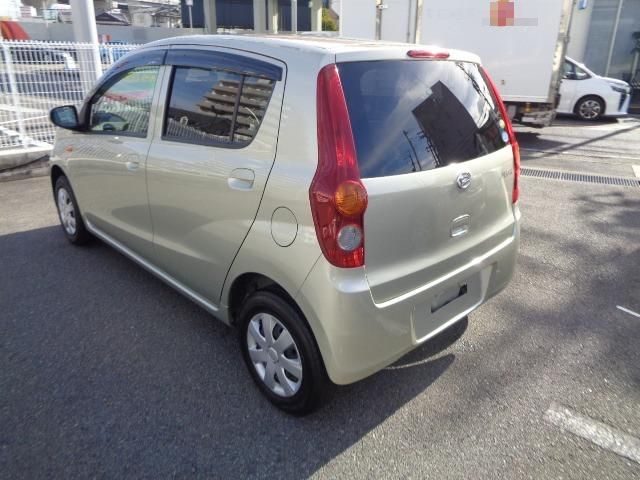
“Come on!” I was thinking, “It’s not Countach, O.K.!!”
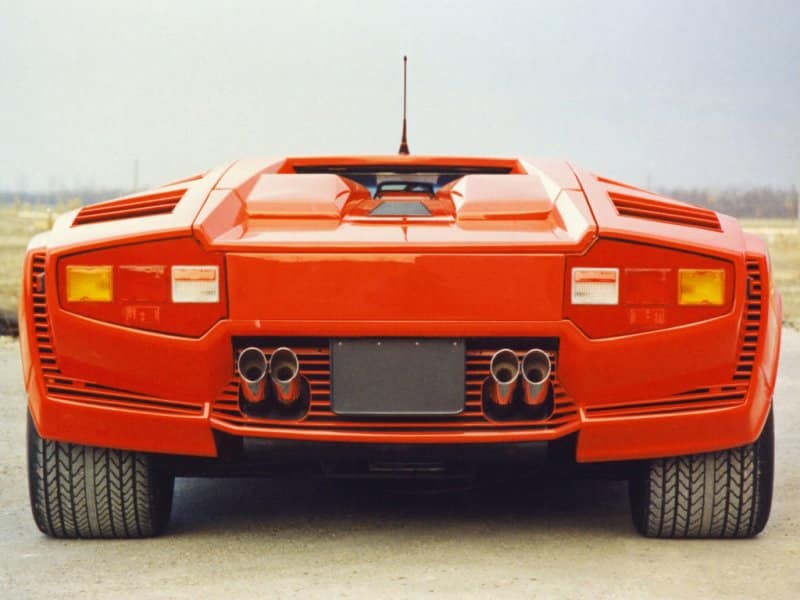
But yeah, unlike so many modern cars, the earlier Kei vans have good all round visibility and it is easy to find one that has clear glass windows. Of course, “privacy glass” is available on many Kei vans if you want it.
Have good parts availability: I mentioned above how a Suzuki Every Kei van is a “sister under the skin” to a Suzuki Carry Kei truck, and this is the case with the other makers’ Kei van and Kei truck offerings. They basically share the same platforms, engines, running gear, suspensions, and even light bulbs. There’s lots of parts cross over. This counts big time when you want to keep a car for a long time and use him all the time. In our first post in this Beat the Crisis series, here, we mentioned how poor parts availability is one of the chief things that kills a car. So, yeah, good parts cross over is good road!
All these things, and more, are why I am looking at buying, yet again, a used Japanese Kei van. If these features are important to you, then a Kei van may be the way forward for you too, in your search for a vehicle to “Beat the Crisis.”
If you are thinking of importing a Used Kei van from Japan, be it a Carry, a Sambar, an Atrai, an Acty, or any other make and model, then get together with us at Japan Car Direct by registering here and we’ll get you on the way to having one of these very useful and economical and reliable small vans. And they are fun, too, my Sambar Dias van was blast. I wish now that I’d never let him go.


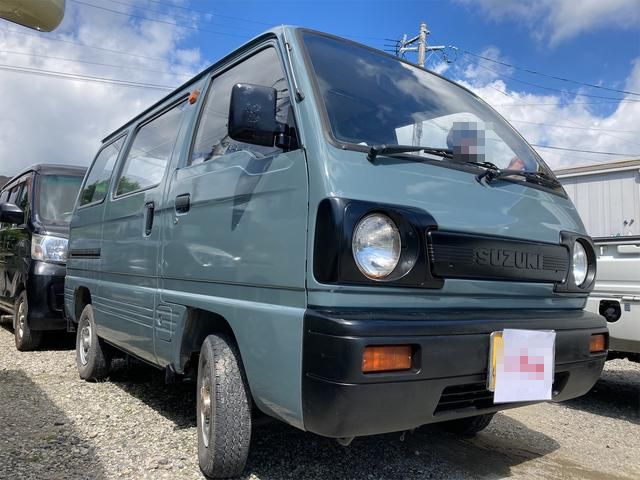
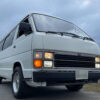

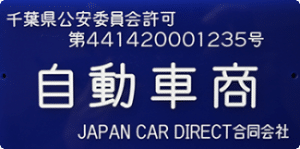

Leave your questions and comments, we look forward to replying!